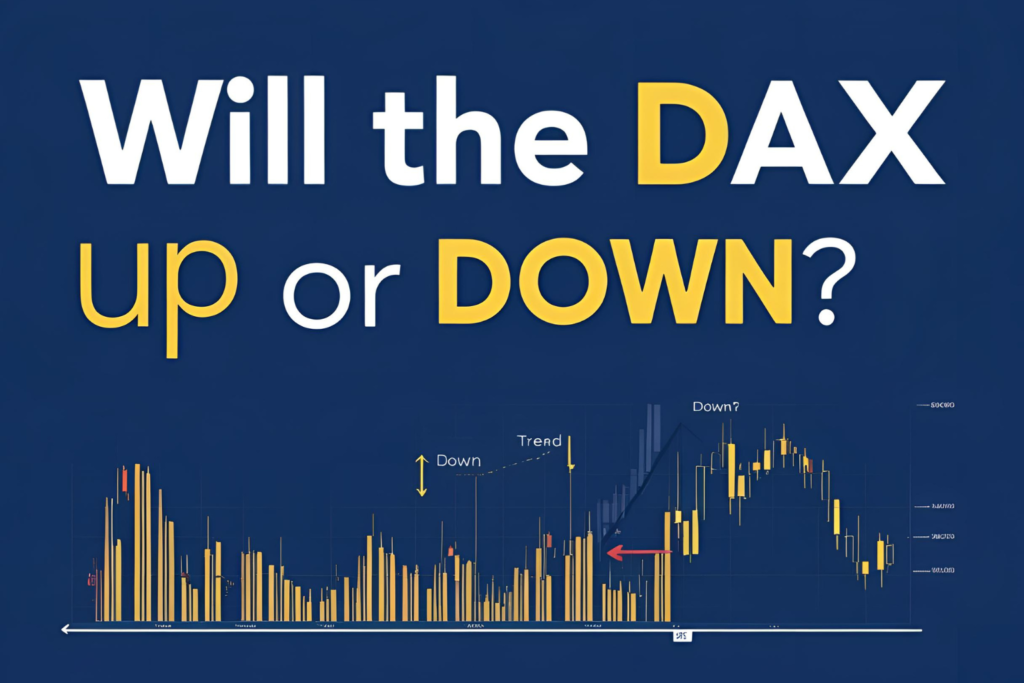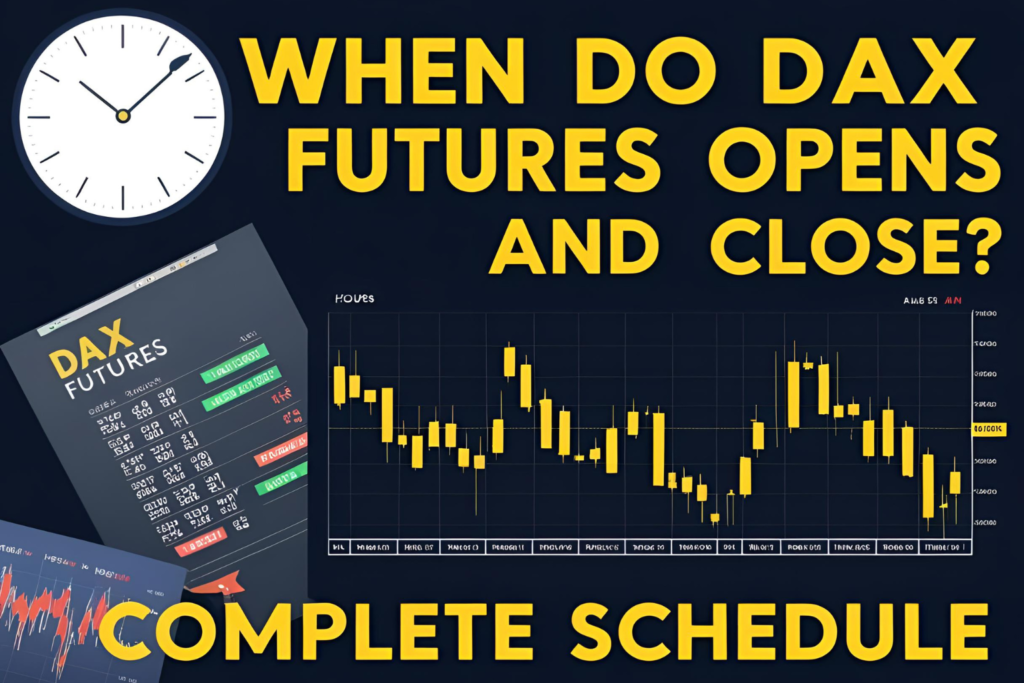The German DAX 40 Index, representing the largest companies on the Frankfurt Stock Exchange, is one of Europe’s most important stock benchmarks. Understanding the German DAX outlook means understanding what’s moving the broader Eurozone economy.
In this post, we’ll explore the core economic drivers shaping the DAX in 2025, and how they’re likely to influence futures prices and market sentiment.
1. European Central Bank (ECB) Policy
The ECB has a significant influence on the DAX:
- Lower interest rates = bullish for equities
- Rate hikes or hawkish tone = bearish pressure
- In 2025, expectations lean toward rate stabilization or cutting, which supports upward momentum in equity indices like the DAX
🧭 Keep an eye on ECB press conferences, inflation outlooks, and bond yields.
2. German GDP Growth
Germany is the largest economy in Europe. A strong GDP print boosts confidence in:
- Manufacturing output
- Export demand
- Domestic consumer activity
In early 2025, Germany is showing modest recovery, especially in the industrial and automotive sectors, leading to a neutral-to-positive DAX outlook.
3. Export Demand (Especially to China & U.S.)
Germany’s economy is export-driven, and the DAX contains many companies in:
- Automotive (Volkswagen, BMW)
- Machinery (Siemens)
- Chemicals (BASF)
Demand from China, the U.S., and emerging markets directly supports DAX company revenues. Reopening or re-acceleration in these regions could boost DAX valuations.
4. Euro Exchange Rate (EUR/USD)
The strength or weakness of the euro affects exporters:
- A weaker euro makes German goods more competitive → bullish for DAX
- A stronger euro may reduce foreign sales → bearish pressure
📊 In 2025, currency stability around 1.08–1.10 (EUR/USD) has been favorable for exports so far.
5. Energy Prices
High energy prices (natural gas, oil) are costly for German industry.
- If prices spike, manufacturing profits may suffer
- If prices stay low or decline, DAX companies benefit from lower input costs
The Russia-Europe energy narrative remains an underlying risk factor to monitor.
6. Inflation and Consumer Confidence
- Controlled inflation = bullish DAX
- Rising inflation = negative for margins and sentiment
- Improving consumer confidence can lift domestic retail and financial stocks
In 2025, inflation is trending downward, which supports equity valuation expansion.
7. Global Risk Sentiment
The DAX is sensitive to global equity flows. If the U.S. or Asian markets rally, the DAX tends to follow.
- Positive earnings season in the U.S. = bullish spillover
- Geopolitical risk or recession fears = DAX pullbacks
Correlation with global indices like the Dow Jones or NASDAQ is often high during risk-on phases.
Final Thoughts
The German DAX outlook in 2025 depends on a mix of local strength and global sentiment. Key economic drivers like GDP growth, ECB policy, and export demand are signaling moderate bullish potential—especially if inflation remains under control.
Traders should combine macro data with technical setups to trade the DAX more effectively.
FAQs
1. What’s the main driver of DAX performance?
The export sector—especially manufacturing and automotive—is a primary driver.
2. Does ECB policy affect the DAX directly?
Yes. Lower rates or dovish signals are typically bullish for the DAX.
3. How do U.S. markets impact the DAX?
DAX tends to follow global equity sentiment, especially during high-volatility periods.
4. Are energy prices still a risk in 2025?
Less than in 2022–2023, but still relevant for industrial cost pressures.
5. How does the euro affect the DAX?
A weaker euro supports German exports and often boosts DAX company profits.



